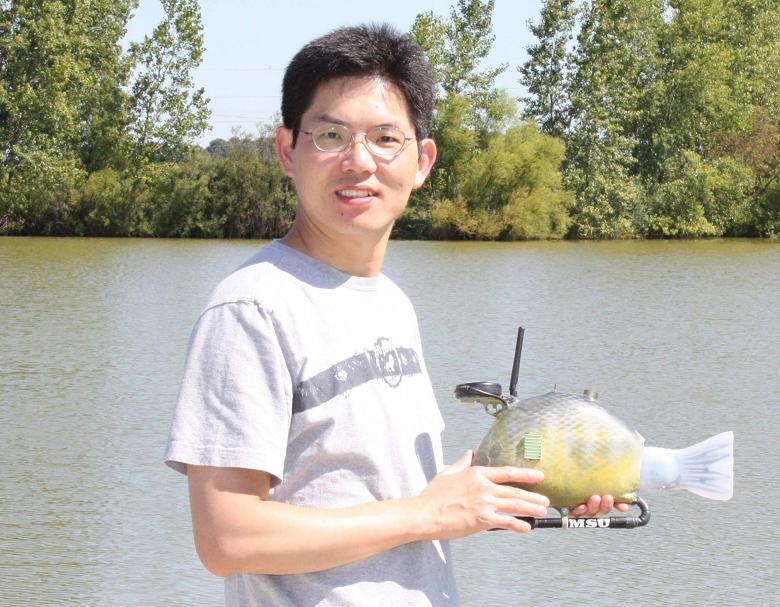
With 3D printing services usually creating prototypes and models that will only ever be used as part of a design process it can be hard for most people to get excited about 3D printing services even if they do contribute to the products on store shelves being a little bit cheaper and maybe even a little bit better made. When an item that has been made on a 3D printer though that will actually then be used as a finished item it is much easier for people to appreciate the benefits of 3D printing services.
A recent creation by Robotic Automation Systems of Michigan, a robotic pollution monitoring fish, is an example of the kind of applications for 3D printing services where a finished product is created, which are becoming more frequent; they are primarily for items that would either have been too expensive or too difficult to make in small numbers before but can now be designed using a CAD computer program and then printed in required amounts at a constant low cost per unit with no further setup time.
The robotic fish idea and much of the design comes from Michigan State University scientists looking for an efficient and low cost way of monitoring waterways. To send out a human to various spots along, around and in the center of rivers and lakes would take a lot of time, effort and of course money; the measurements would also be infrequent rather than constant. Occasional readings of pollution levels in highly sensitive ecosystems are not enough, by the time a change in pollution levels is discovered it might be too late to control it and the pollution may have spread. The robotic fish can constantly relay information and report an increase in pollution levels in a timely manner so a response can be put into action to clean up pollution.
A craft of some sort could have easily been made to do this job by assembling standard components. Such a craft though would have had a number of issues, its ability to move and react to its surroundings to start with: by the time a craft powered by motors noticed an obstacle it would be too late too turn, a real fish can move much more quickly using muscles. The robotic fish incredibly works using muscles as well, these artificial muscles react to electrical current in almost the same way as real muscles and so the muscles in the robotic fish are modeled on a real fish. This also makes the movements of the fish more realistic and means that it doesn’t make noise as it would with motors on board so fits in a lot more easily.
Making a robotic fish like this though is complex, the details of muscles that turn and move in a variety of different ways and directions are highly complex and minute accuracy is needed. 3D printing services though can take a CAD design with minute detail modeled directly from a real fish and then print parts ready to move and react building up layers fractions of millimeters at a time.
Source: Azorobotics.com
